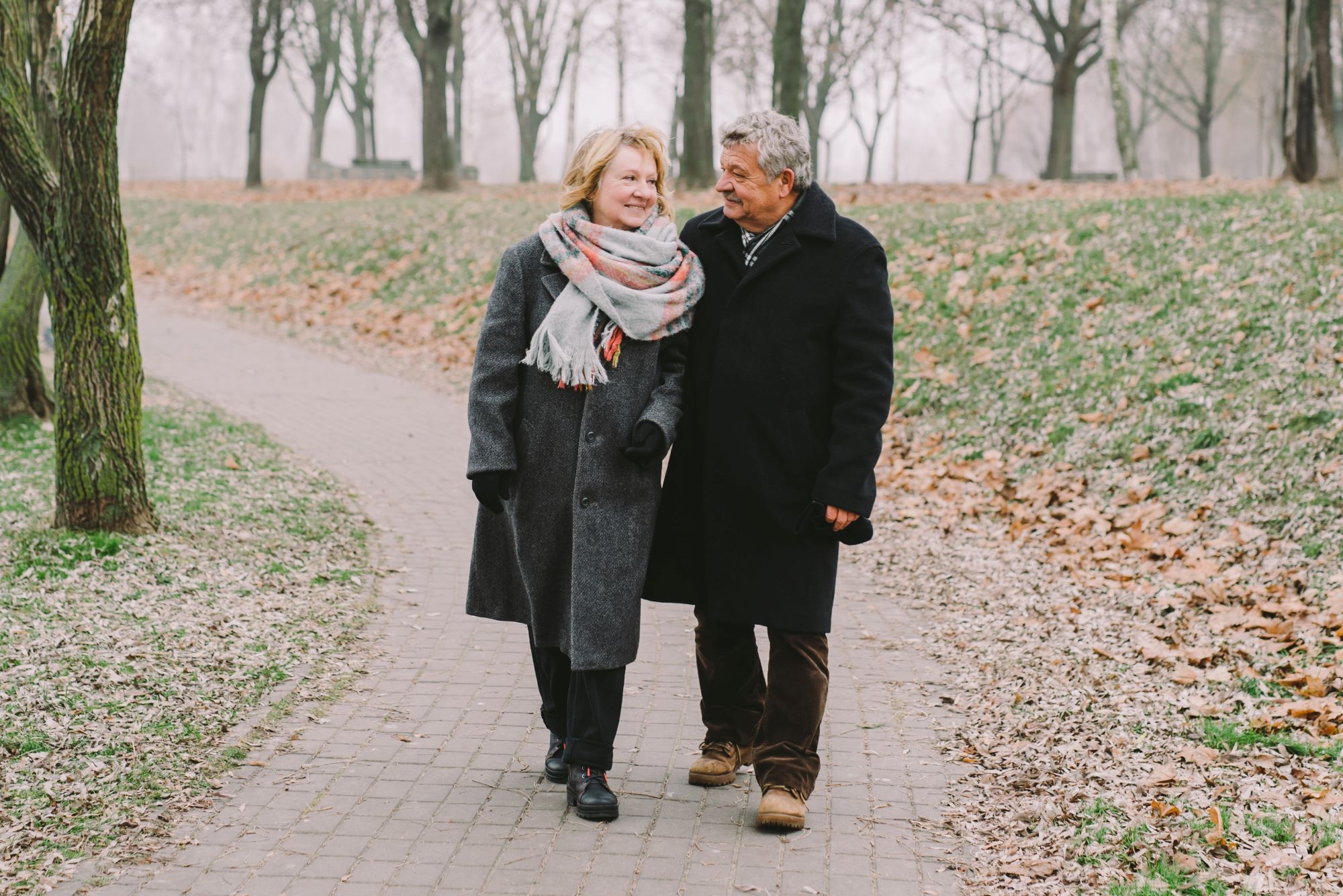Many patients report that the weather has a noticeable effect on varicose veins. Now that colder weather is on the horizon, it is important to recognize the impact it can have on varicose veins, to help protect sufferers from unnecessary discomfort.
How does the cold affect varicose veins?
Surprisingly, colder temperatures can have a handful of positive impacts on varicose veins. Exposure to cold temperatures can cause blood vessels and muscles to constrict, making it easier for valves to perform properly and allowing varicose veins to shrink. This may result in less cramping and swelling of the affected extremities.

Nonetheless, these positive impacts can be short lived, and cold temperatures can bring other issues. When temperatures drop, increased need for body heat may force the circulatory system to work harder. The heart might need to pump faster since more blood is needed to keep you warm. In turn, increased pressure can be placed on the veins, which can escalate the painful and irritating symptoms of varicose veins. Thus, sustaining good blood circulation is extra important in cold weather.
Why do blood vessels constrict when they’re cold?
Normally, blood vessels may constrict or narrow in response to cold temperatures. This process is called vasoconstriction. It can happen when smooth muscles in blood vessel walls tighten. This makes the blood vessel opening smaller. The response of blood vessels to cold and other stimuli is complex, involving the central nervous system, peripheral sensory nerves, and molecules released by circulating cells or from the inner lining of the blood vessel itself.
Tips to improve blood circulation in cold weather
Luckily, there are several ways that can help improve blood circulation when it gets cold out! Here are a few ideas to consider:
1. Decrease your intake of caffeine
Change in seasons can also lead to changes in your energy levels. Many people reach for coffee to help them feel more awake and keep warm in the winter months. However, caffeine can cause blood vessels to constrict, leading to decreased circulation. Instead of caffeine, instead try caffeine-free herbal tea to stay warm, and increase your exercise routine to improve energy.
2. Exercise regularly
Winter months bring shorter days and difficult conditions for outside activity, contributing to less frequent physical activity. Regular exercise is especially important in this season, as exercise improves circulation and can help ease symptoms of varicose veins. Additionally, maintaining a healthy weight can also lessen the prevalence of varicose veins. Often, people opt for going to the gym or fitness classes in lieu of outside exercise. If this is not in the picture for you, worry not. Many exercise regimens, including yoga, can be done from the comfort of your home.
3. Avoid extended periods of sitting
Prolonged periods of sitting are often more common in the winter due to lack of outdoor activities coupled with extensive holiday travel. Along with exercise, it is important to find time for movement throughout the day. Before getting in the car for a long trip or cozying up on the couch, be sure to move around and stretch. It can be as simple as walking a lap around the house or stretching your legs for a few minutes. Additionally, take plenty of breaks to allow yourself to get up and move. Along with easing symptoms of varicose veins, this may also help reduce the risk of a DVT.
4. Wear compression stockings
While compression stockings can help your lower extremities stay warm in cold weather, they also increase circulation. The vein specialists at Inovia are able to get you fitted for compressions stockings that suit your needs.
Schedule an appointment today
Colder months are an ideal time to seek vein treatments since patients should avoid sun exposure after treatment, and long pants can cover compression stockings and/or any post-treatment bruising. If you are interested in learning more about varicose vein treatments, request an appointment at one of our clinic locations today!
